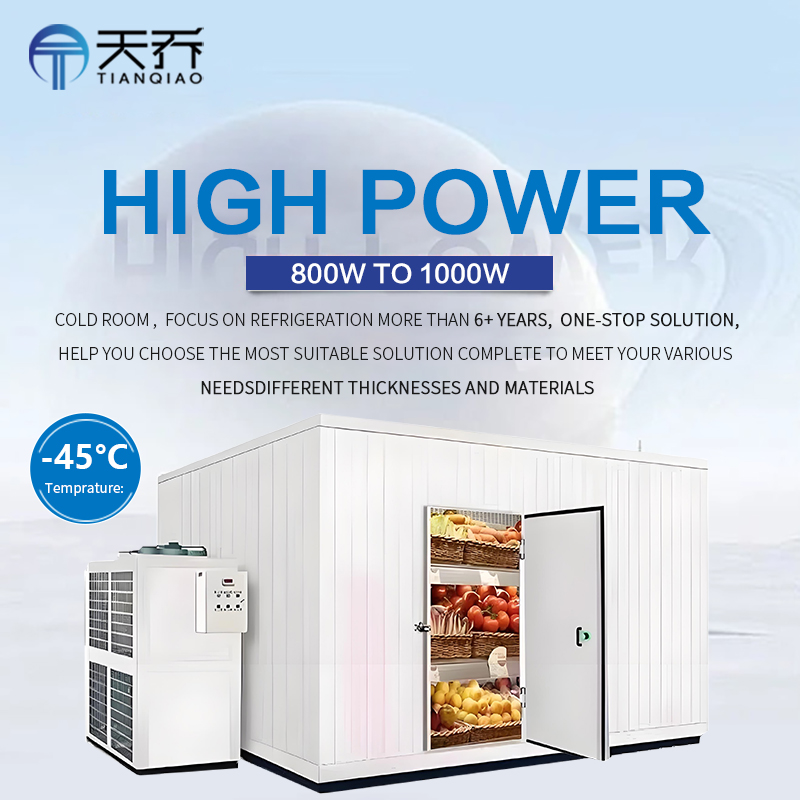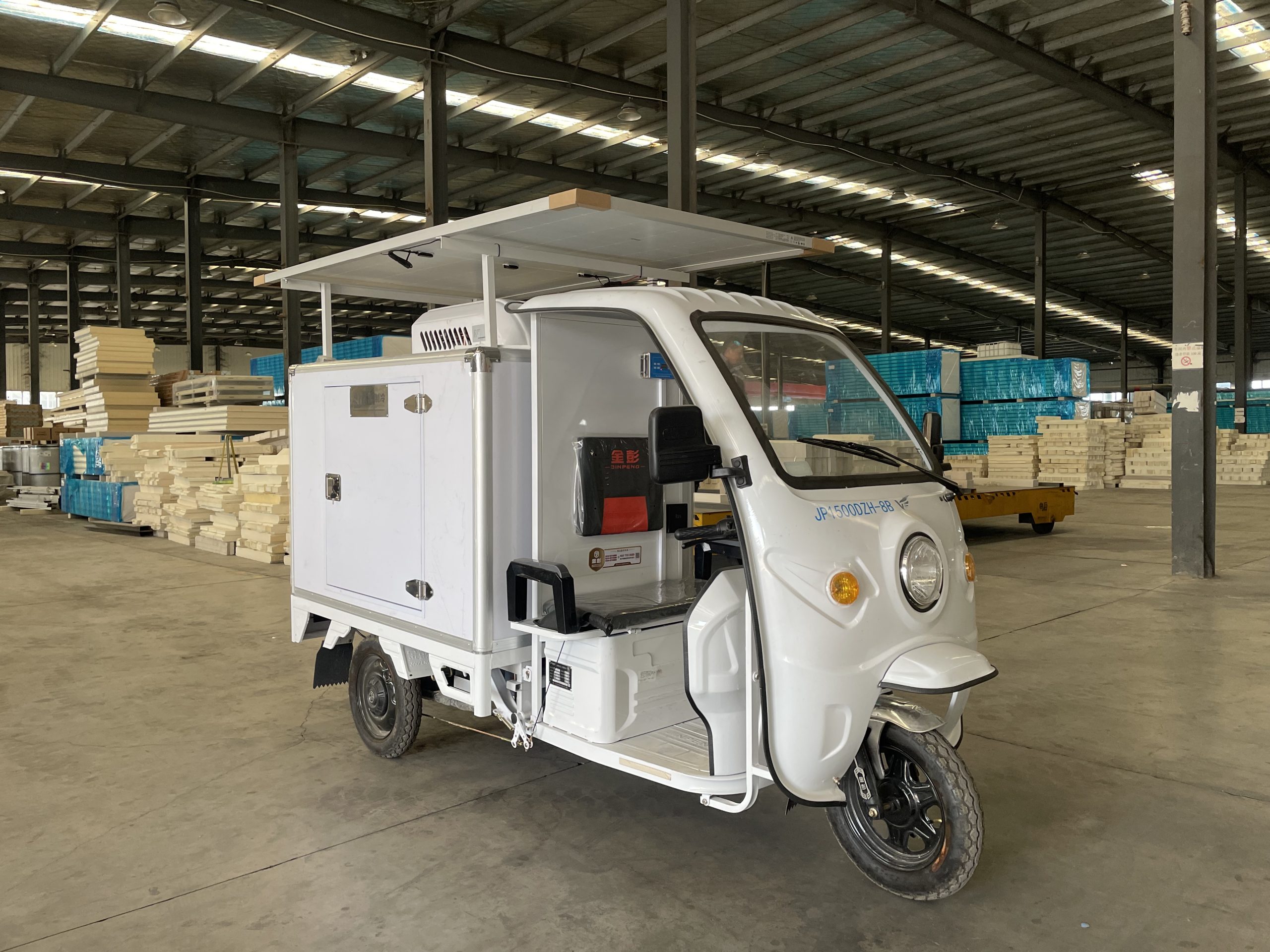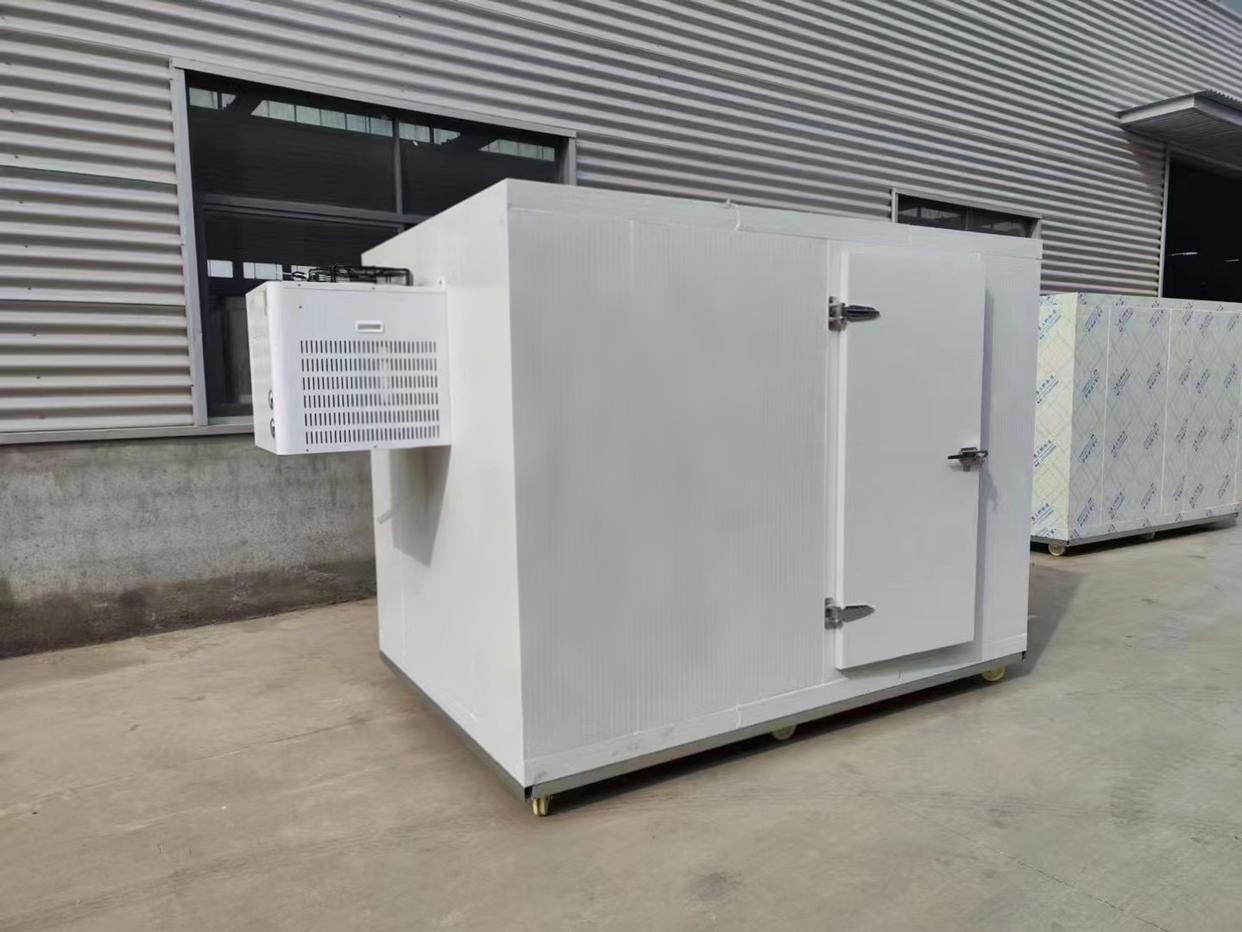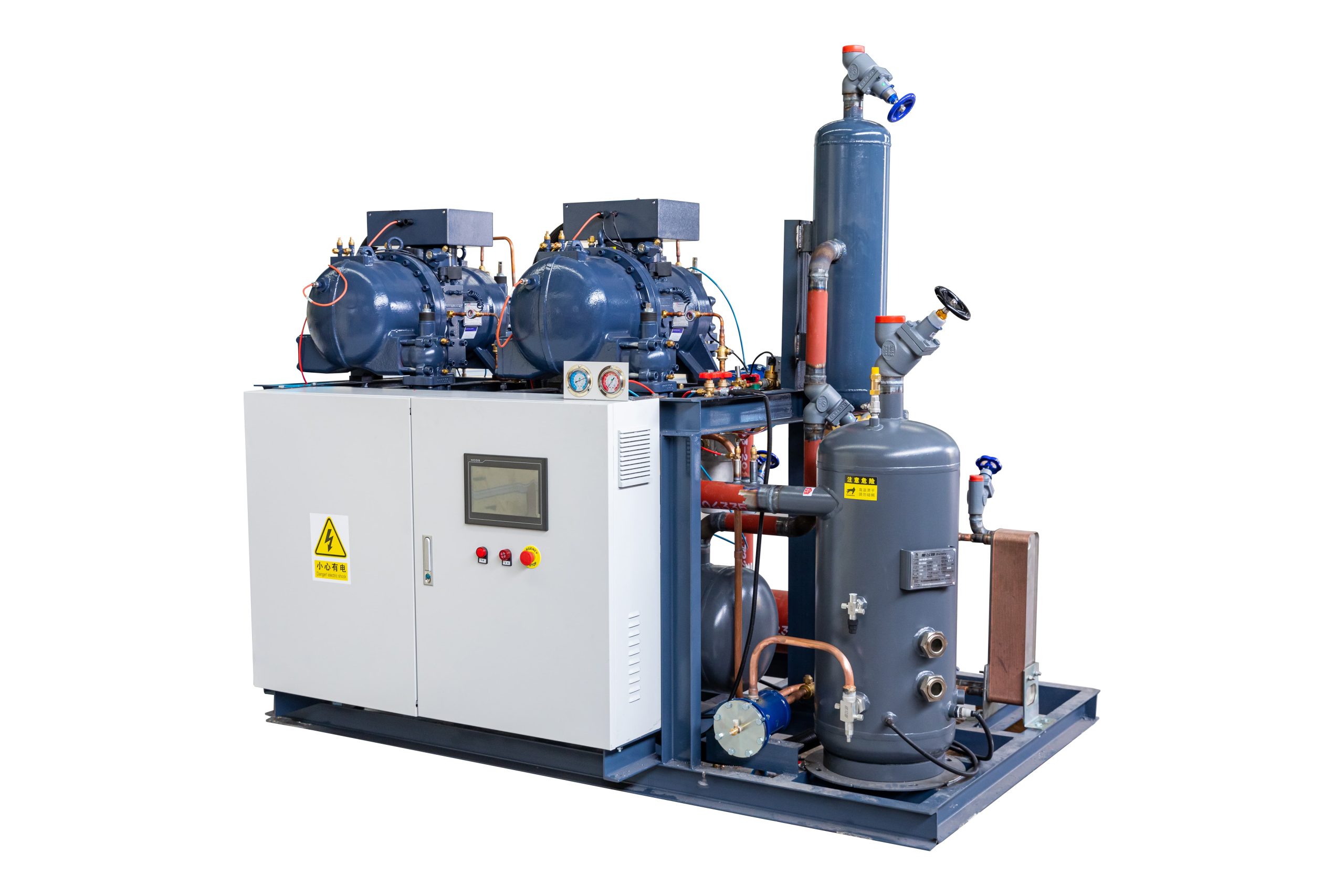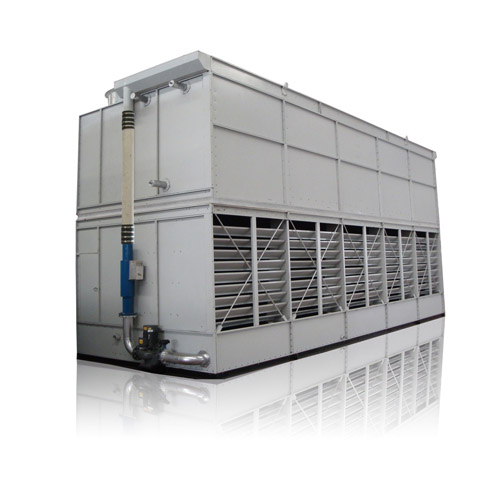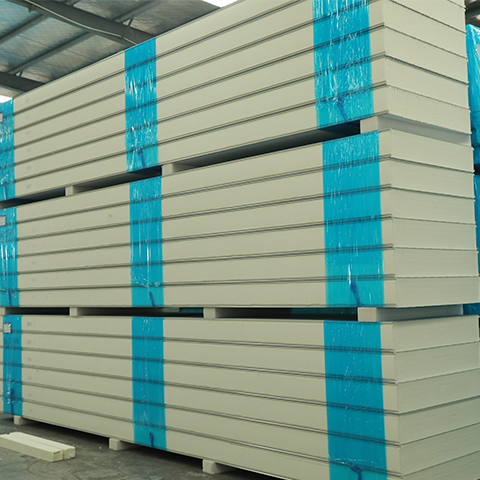Temperature control in seafood cold storage is crucial for the storage of aquatic products and seafood. Cold storage has a wide range of temperatures. These range from -10°C to -18°C in cold storage for aquatic products, to -20°C to -23°C in frozen fish storage. They even reach ultra-low temperatures of -30°C to -40°C in quick-freeze storage for fish and meat.
Before managing frozen fish cold storage, we must thoroughly understand the factors that cause fish spoilage. Microbial growth in high-temperature environments and oxidation of fish fat are two major factors. The former contaminates the fish protein, while the latter alters the fish's color and texture. Therefore, cold storage management should prioritize temperature control and hygiene, especially concerning seafood cold storage practices.
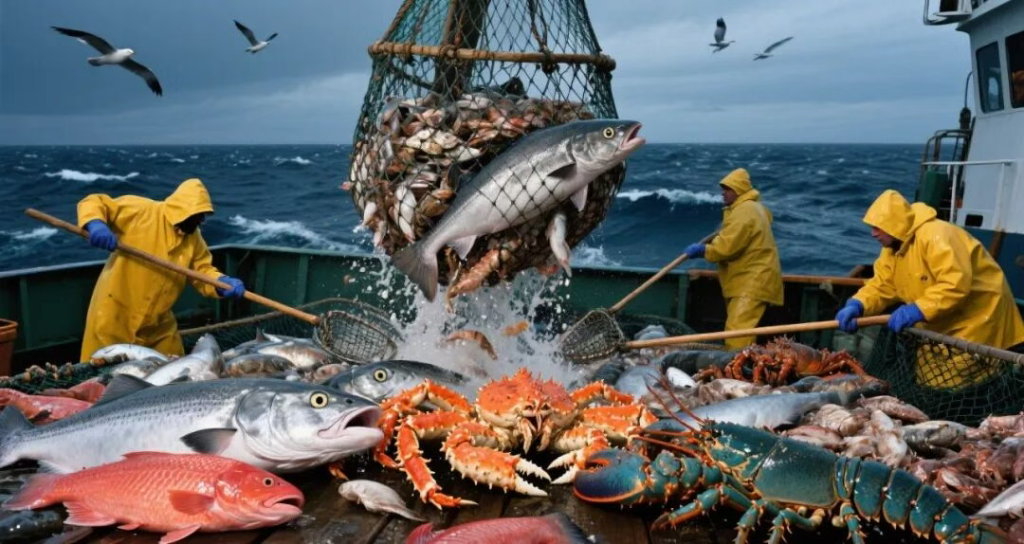
1. Category specification seafood cold storage
Because fish have a distinct flavor compared to fruits and vegetables, they should not be mixed with other foods. This not only causes food to taint, but also risks cross-contamination due to the microorganisms and bacteria they carry.
2. Quality inspection before warehousing
When purchasing in large quantities, each batch of aquatic products must be carefully inspected. This helps sort out any spoiled products to avoid contamination and damage to other goods.
3. Pre-cooling and odor prevention
Before freezing, the fish should be fully pre-cooled to reduce the special smell of the fish. This ensures that the fish will not have a strong odor when entering the seafood cold storage. Therefore, it better achieves the effect of low-temperature storage.
4. Strictly control the temperature of seafood cold storage
If the temperature settings for seafood cold storage are not up to standard, the core temperature of the frozen product will not reach the expected level. This will cause the aquatic product to spoil. If this occurs, the storage temperature should be adjusted promptly or the product should be moved accordingly.
5. Ventilate regularly
Long-term poor ventilation and high temperatures and humidity can lead to rapid bacterial growth. This causes frozen products to spoil and develop odors. Furthermore, refrigerant leaks in the cold storage's refrigeration pipes can also contaminate food and pose safety risks.
A well-functioning frozen fish cold storage facility has a wide range of applications. These include various large, medium, and small aquatic product wholesale markets, restaurants, hotels, supermarkets, and more. It not only effectively solves the problem of inventory turnover for merchants but also ensures food hygiene and safety. Thus, it provides consumers with high-quality, fresh aquatic products. Furthermore, facilities dedicated to seafood cold storage are a crucial component of modern logistics and supply chain management. They provide strong support for the development and progress of the industry.
Welcome to inquire about products related to cold storage, refrigeration unit, and panels.
You also can check our Tiktok, Youtube, Instagram channel for more video show.



